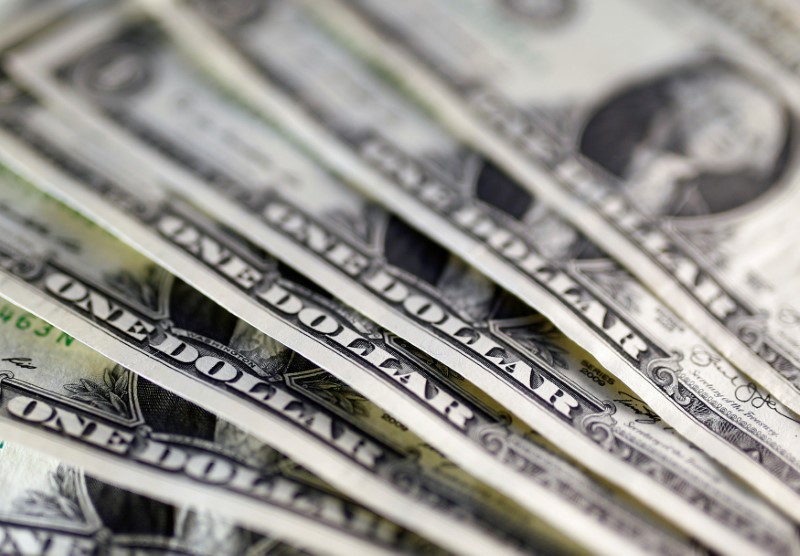By Gina Lee
Investing.com – The dollar was down on Wednesday morning in Asia, after progress towards passing the latest U.S. stimulus measures increased risk appetite and turned investors away from the safe-haven dollar.
The U.S. Dollar Index that tracks the greenback against a basket of other currencies inched down 0.07% to 90.343 by 13:06 AM ET (5:06 AM GMT).
Progress towards a COVID-19 vaccine also boosted risk sentiment. Moderna Inc's (NASDAQ:MRNA) COVID-19 vaccine mRNA-1273 looks set to receive U.S. regulatory authorization within the week. The U.S. also expanded its roll-out program for BNT162b2, the vaccine codeveloped by Pfizer Inc (NYSE:PFE) and BioNTech SE (F:22UAy) on Tuesday, which could see thousands more healthcare workers inoculated.
“Because of all the positives that have hit the market, from vaccines to stimulus, we’re seeing dollar weakness across the board,” State Street (NYSE:STT) Bank Tokyo branch manager Bart Wakabayashi told Reuters.
“There’s a feel-good momentum in the market,” he added.
The USD/JPY pair was down 0.21% to 103.44.
The AUD/USD pair inched up 0.03% to 0.7560 and the NZD/USD pair was up 0.25% to 0.7105. The dollar’s loss was the Antipodean risk currencies’ gains, with the AUD near a two-and-a-half year high of 75.780 it recorded Monday and the NZD trading at 71.05 U.S. cents, after reaching 71.20 Monday for the first time since April 2018.
The USD/CNY pair inched up 0.05% to 6.5421.
The GBP/USD pair inched up 0.01% to 1.3462. The pound held onto its gains from Tuesday as hopes for a post-Brexit deal between the U.K. and the European Union (EU) increased.
Chief EU Brexit negotiator Michel Barnier said on Tuesday that he sees a “narrow path” towards a deal, if both sides resolve their differences. However, U.K. Prime Minister Boris Johnson repeated that the most likely outcome of talks was no deal.
The greenback changed hands at $1.21540 per euro, near a two-and-a-half year low of $1.2177 seen on Monday.
In the U.S., hopes are also rising for another deal, a $748 billion bipartisan proposal for COVID-19 relief. Before tackling the proposal, Congress began a second meeting on Tuesday to finalize a $1.4 trillion spending bill for the fiscal year beginning on Oct. 1. The spending bill must be passed by Friday, ahead of the measures to avert a government shutdown.
The Federal Reserve will also conclude its two-day policy meeting later in the day. The central bank is widely expected to keep the key overnight interest rate pinned near zero and signal it will stay there for years to come, a decision that some investors say will further boost investor risk sentiment.
The Fed is also expected to provide new guidance on how long it will keep up its massive bond-buying program.
Other centrals banks handing down policy decisions before the end of the week are the Bank of England and the Mexican, Swiss and Indonesian central banks, who will hand down their policy decisions on Thursday. The Bank of Japan and the Bank of Russia will hand down their decisions on Friday.
